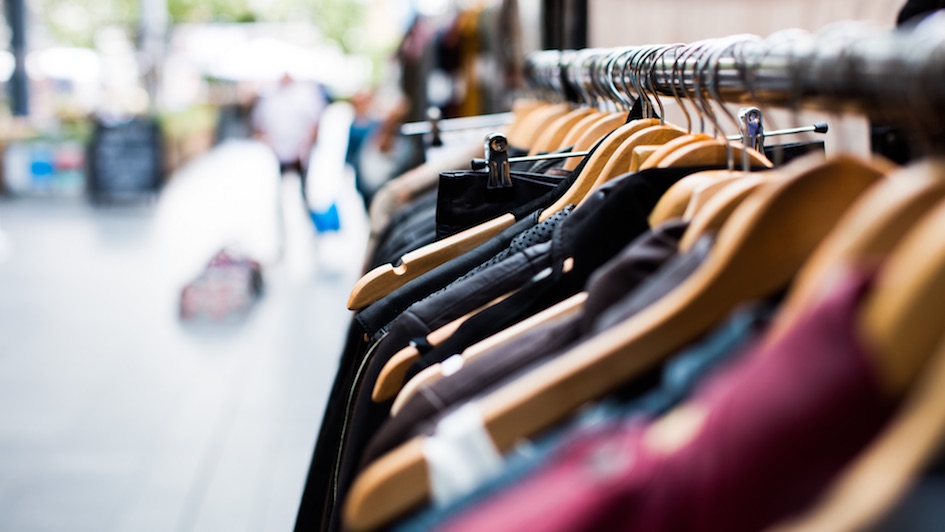
Marks & Spencer (M&S) once again is in the news and is poised to close 60 poor-performing stores and increase its food presence due to falling fashion revenues and profit. Let’s not forget, this retailer has never placed itself as a high-fashion retailer, but one with a broad appeal for which it must cater. David Gandy, Rosie Huntington-Whitely, and the latest conscript Alexa Chung, who is yet to be measured for success, are fine brand ambassadors which have attracted new customers to the store — at least once. Therein lies the issue: let’s be honest here, ambassadors are not the problem and in most cases, depending on your taste, the fashion isn’t that bad or of poor quality either — it’s the experience.
Walk into an M&S and you’re greeted with a confused retail environment akin to a Poundland. There is harsh, bright lighting that bounces off the laminate flooring and awful graphics are festooned across the store. Images of middle-aged men in casual slacks will not make me go deeper into the M&S environment if that’s what I’m greeted with immediately on entry.
The fashion is laid out in a manner that speaks to no one in particular, big and small sizes, man-made and natural fibres, knits, pleats, and high neck lines share rails with garments for a totally different and diverse customer. There is no differentiation between ages and sizing in its merchandising, making it harder for shoppers to buy on impulse and instead expecting you to ‘browse’.
As a nation of shoppers we like to browse, but only for certain items. Or on the rare occasion, we see an item in the window and nip it to buy it there and then. At this point we may be enticed by the environment to stay a bit longer, browse, and become a true customer encouraged to visit again. Unfortunately, M&S has little linger appeal due to its stark and clumsy environment and merchandising, which doesn’t even reflect the 2016 Christmas campaign with Mrs. Clause. The message of a Christmas filled with love is immediately diminished on entering into store.
It’s imperative that every retailer makes their customer experience appealing, clearly defining where in the store they should be, and not approaching fashion retail as a one-size-fits-all.
The solution? Bring them in with great food and great ambassadors to entice them deeper into a store with defined zones and a warmer, friendlier environment that makes customers feel comfortable rather than awkward. Differentiate soft mixed with hard zones, and group fashion by age, audience, and size so you know where you are in the store. Stop arranging shoes on shelves like tins of baked beans, and merchandising must-have fashion items next to shortbread and lavender draw liners.
The traditional M&S shopper has changed, while the new shoppers M&S attract through endorsement and ATL are put off by the environment. It’s imperative that every retailer makes their customer experience appealing, clearly defining where in the store they should be, and not approaching fashion retail as a one-size-fits-all.
Shoppers are intelligent and if you want customers to part with their hard-earned cash, you need to make it appealing, appropriate, and rewarding to your audience. Does anyone you know brag about the ‘joy’ of shopping in M&S due to its in-store experience or similarly about the items they bought? I suspect very few do, therefore by changing perceptions and carrying your ATL message TTL via social and the retail space may facilitate the love M&S desires as a fashion retailer.